Front-cover
Front-matter
RF Power Amplifiers for Wireless Communications
DISCLAIMER OF WARRANTY
Copyright Page
Contents v
Preface to the Second Edition xi
Chapter 1 Introduction 1
1.1 Introduction 1
1.2 Linear RF Amplifier Theory 2
1.3 Weakly Nonlinear Effects: Power and Volterra Series 5
1.4 Strongly Nonlinear Effects
1.5 Nonlinear Device Models for CAD 9
1.6 Conjugate Match 11
1.7 RF Power Device Technology 14
References 15
Chapter 2 Linear Power Amplifier Design 17
2.1 Class A Amplifiers and Linear Amplifiers 17
2.2 Gain Match and Power Match 19
2.3 Introduction to Load-Pull Measurements 20
2.4 Loadline Theory 21
2.5 Package Effects and Refinements to Load-Pull Theory 27
2.6 Drawing the Load-Pull Contours on CAD Programs 31
2.7 Class A Design Example 31
2.8 Conclusions 36
References 37
Chapter 3 Conventional High Efficiency Amplifier Modes
3.1 Introduction 39
3.2 Reduced Conduction Angle—Waveform Analysis 40
3.3 Output Termination 43
3.4 Reduced Conduction Angle Mode Analysis—FET Model 47
3.5 Reduced Conduction Angle Mode Analysis—BJT Model 55
3.6 Effect of I-V “Knee” 59
3.7 Input Drive Requirements 61
3.8 Conclusions 65
References 65
Chapter 4 Class AB PAs at GHz Frequencies 67
4.1 Introduction 67
4.2 Class AB Using a Capacitive Harmonic Termination—The Class J PA 68
4.3 Nonlinear Device Characteristics 77
4.4 Nonlinear Capacitance Effects in RF Power Devices 81
4.5 Conclusions 89
References 89
Chapter 5 Practical Design of Linear RF Power Amplifiers 91
5.1 Low-Pass Matching Networks 92
5.2 Transmission Line Matching 100
5.3 Shorting the Harmonics 102
5.4 A Generic MESFET 105
5.5 A 2W Class B Design for 850 MHz 107
5.6 The Pi Section Power Matching Network 112
5.7 Pi Section Analysis for PA Design 115
5.8 Class J Design Example 122
5.9 HBT Design Example 124
5.10 Conclusions 129
References 131
Chapter 6 Overdriven PAs and the Class F Mode 133
6.1 Introduction 133
6.2 Overdriven Class A Amplifier 134
6.3 Overdriven Class AB Amplifier 139
6.4 Class F: Introduction and Theory 143
6.5 Class F in Practice 149
6.6 The Clipping Model for the Class F Mode—Class FD 155
6.7 PA_Waves 163
6.8 Class F Simulations 164
6.9 Conclusions 171
References 172
Chapter 7 Switching Mode Amplifiers for RF Applications 173
7.1 Introduction 173
7.2 A Simple Switching Amplifier 174
7.3 A Tuned Switching Amplifier 178
7.4 The Class D Switching Amplifier 180
7.4 Class E—Introduction 182
7.5 Class E—Simplified Analysis 183
7.6 Class E—Design Example 192
7.7 Conclusions 198
References 199
Chapter 8 Switching PA Modes at GHz Frequencies 201
8.1 Introduction 201
8.2 Ignoring the Obvious: Breaking the 100% Barrier 202
8.3 Waveform Engineering 205
8.4 PA_Waves 216
8.5 Implementation and Simulation 225
8.6 Conclusions 227
References 229
Chapter 9 Nonlinear Effects in RF Power Amplifiers 231
9.1 Introduction 231
9.2 Two-Carrier Power Series Analysis 233
9.3 Two-Carrier Envelope Analysis 240
9.4 Envelope Analysis with Variable PAR 246
9.5 AM to PM Effects 250
9.6 PA Memory Effects 256
9.7 Digital Modulation Systems 261
9.8 30 Watt LDMOS Test Amplifier Measurements 278
9.9 Conclusions 282
References 283
Chapter 10 Efficiency Enhancement Techniques 285
Introduction 285
10.1 Efficiency Enhancement 286
10.2 The Doherty Amplifier 290
10.3 Realization of the Doherty Amplifier 298
10.4 Outphasing Techniques 303
10.5 Envelope Elimination and Restoration (EER) 309
10.6 Envelope Tracking 311
10.7 Power Converters for EER and ET 314
10.8 Pulse Width Modulation (PWM) 318
10.9 Other Efficiency Enhancement Techniques 323
10.10 Case Studies in Efficiency Enhancement 330
10.11 Conclusions 333
References 334
Chapter 11 Power Amplifier Bias Circuit Design 337
11.1 Introduction 337
11.2 Stability of RF Power Transistors 338
11.3 Bias Supply Modulation Effects 343
11.4 Bias Network Design 350
11.5 Bias Insertion Networks 353
11.6 Prime Power Supply Issues 354
11.7 Bias Control Circuits 355
11.8 Conclusions 356
References 357
Chapter 12 Load-Pull Techniques 359
12.1 Tuner Design for Fundamental Load-Pull 359
12.2 Harmonic Load-Pull 362
12.3 Active Harmonic Load-Pull 365
12.4 Variations, Results, Conclusions 367
References 369
Chapter 13 Power Amplifier Architecture 371
Introduction 371
13.1 Push-Pull Amplifiers 372
13.2 Balanced Amplifiers 380
13.3 Power Combining 387
13.4 Multistage PA Design 391
13.5 Conclusions 394
References 395
Chapter 1 4 Power Amplifier Linearization Techniques 397
Introduction 397
14.1 Introduction to PA Linearization 399
14.2 Predistortion 401
14.3 Feedforward Techniques 410
14.4 Feedback Techniques 419
14.5 Other Linearization Methods 424
14.6 Conclusions 425
References 426
Appendix A PA_Waves 429
Appendix B Spectral Analysis Using Excel IQ Spreadsheets 433
Bibliography 435
Glossary 437
About the Author 441
Index 443
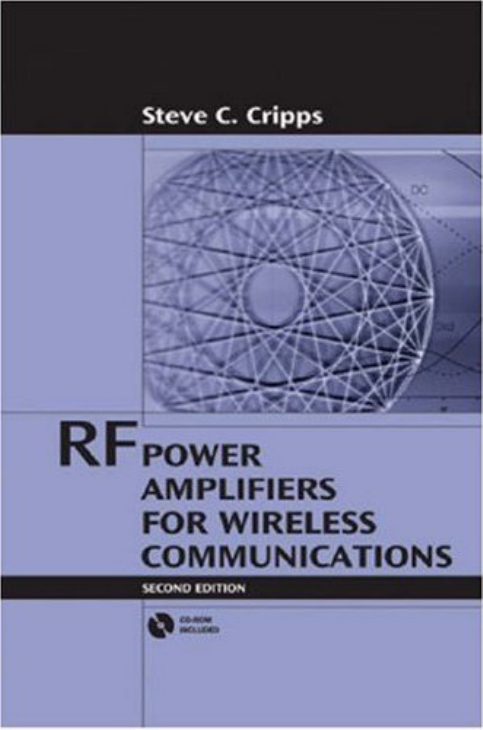
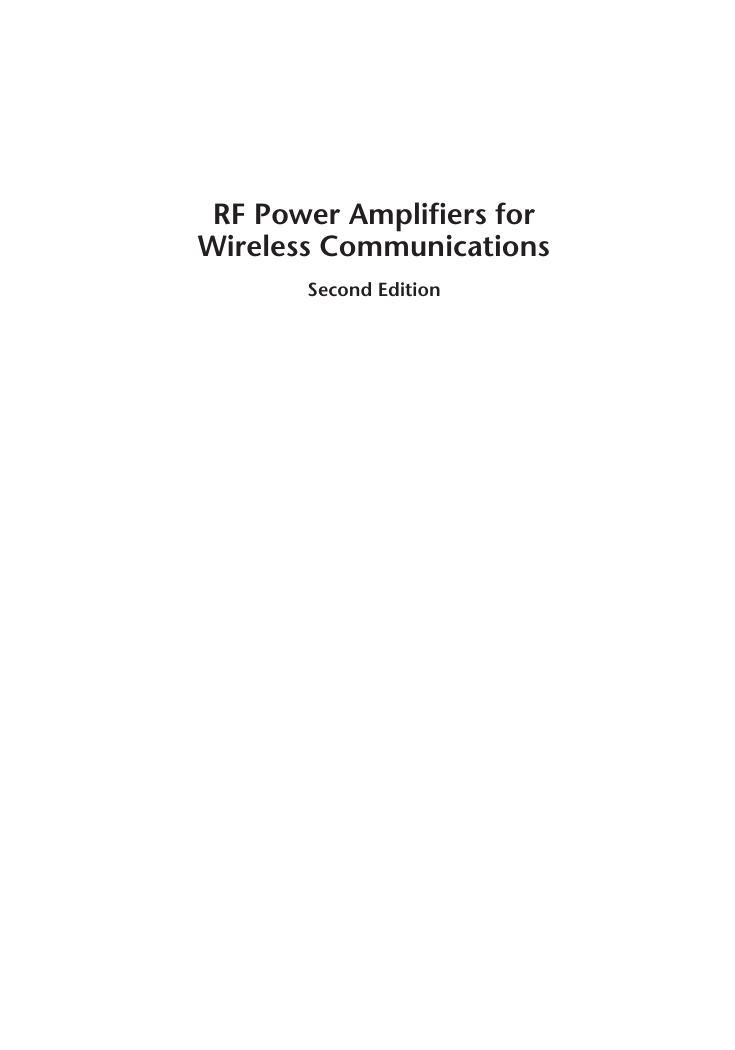
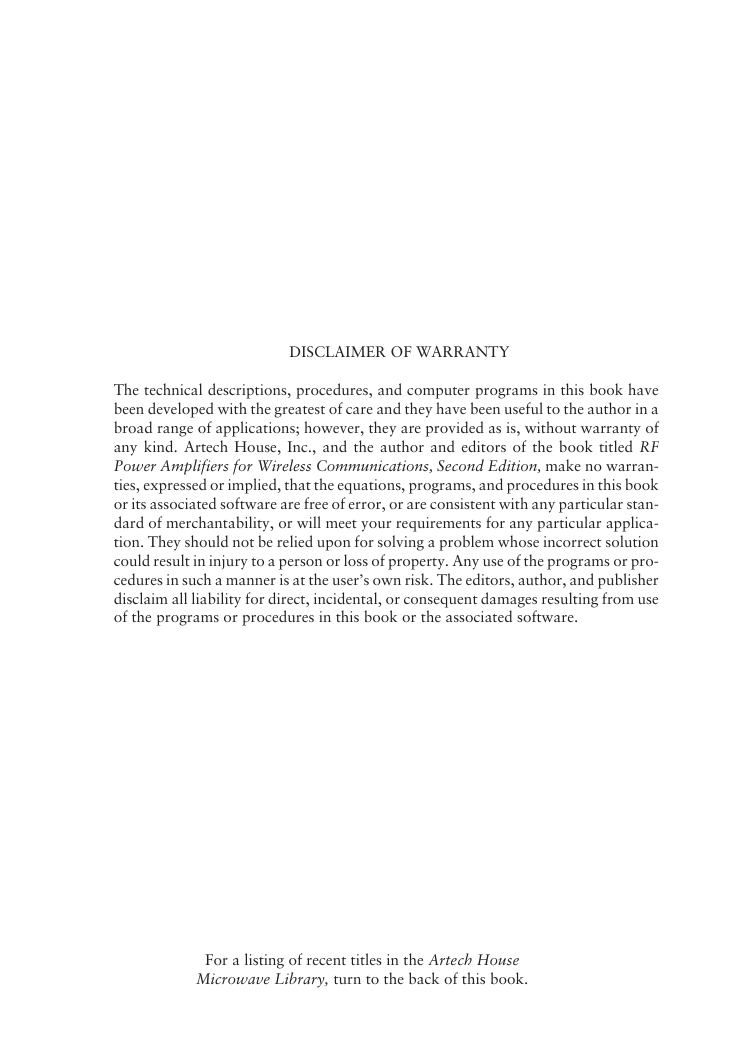
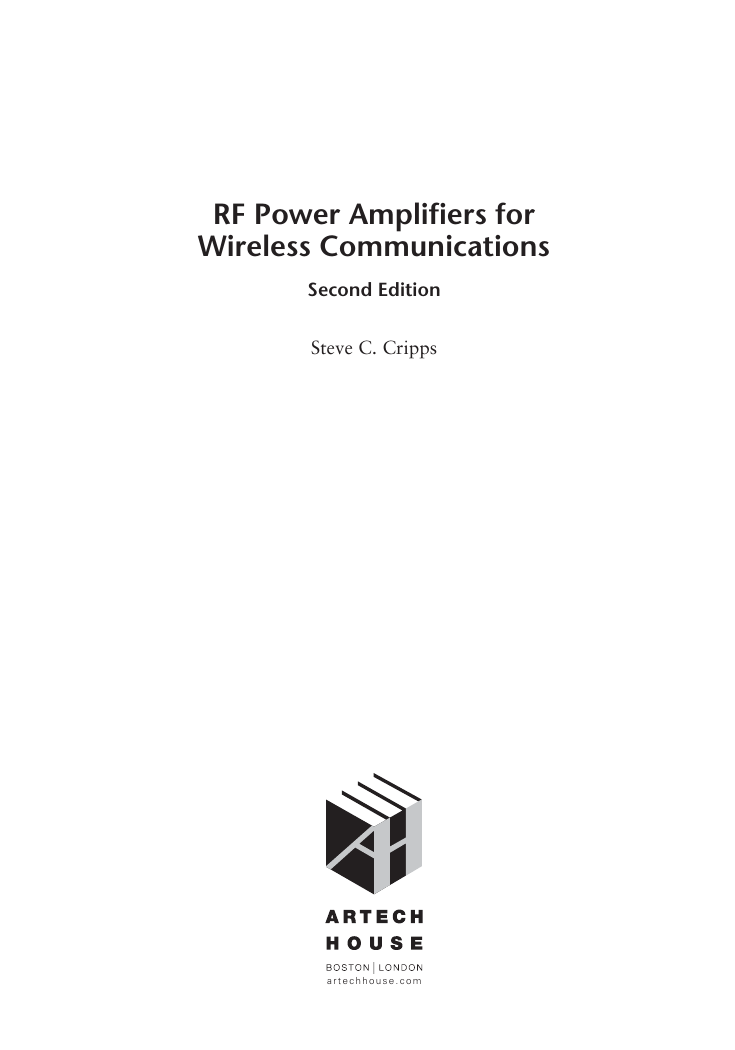
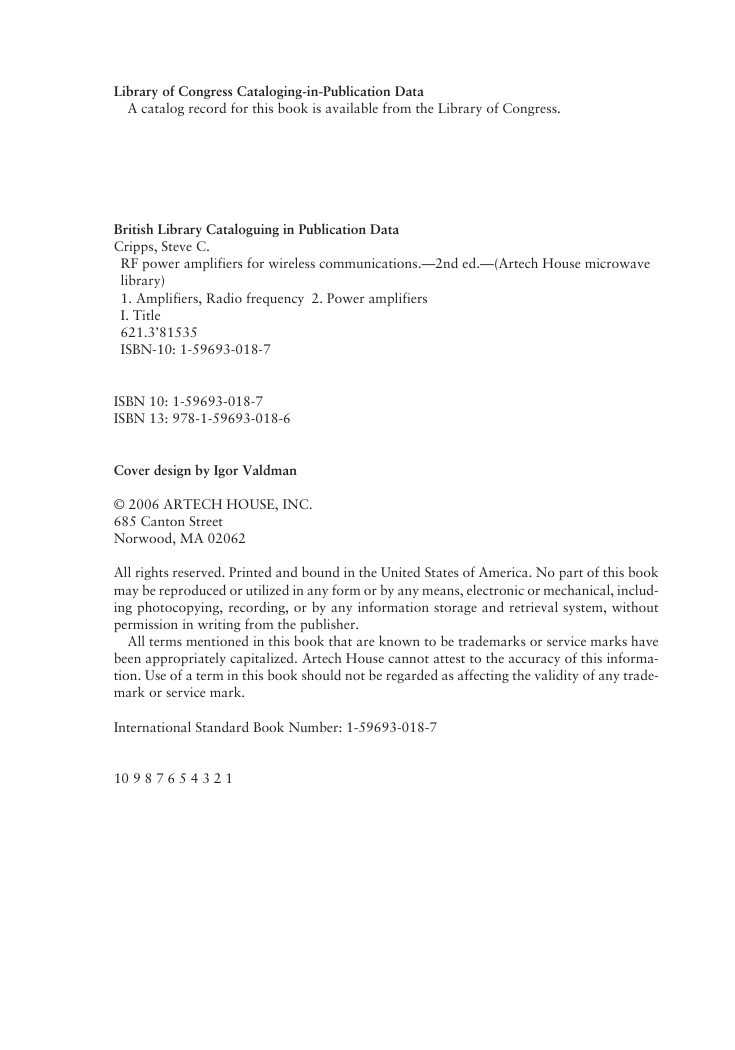
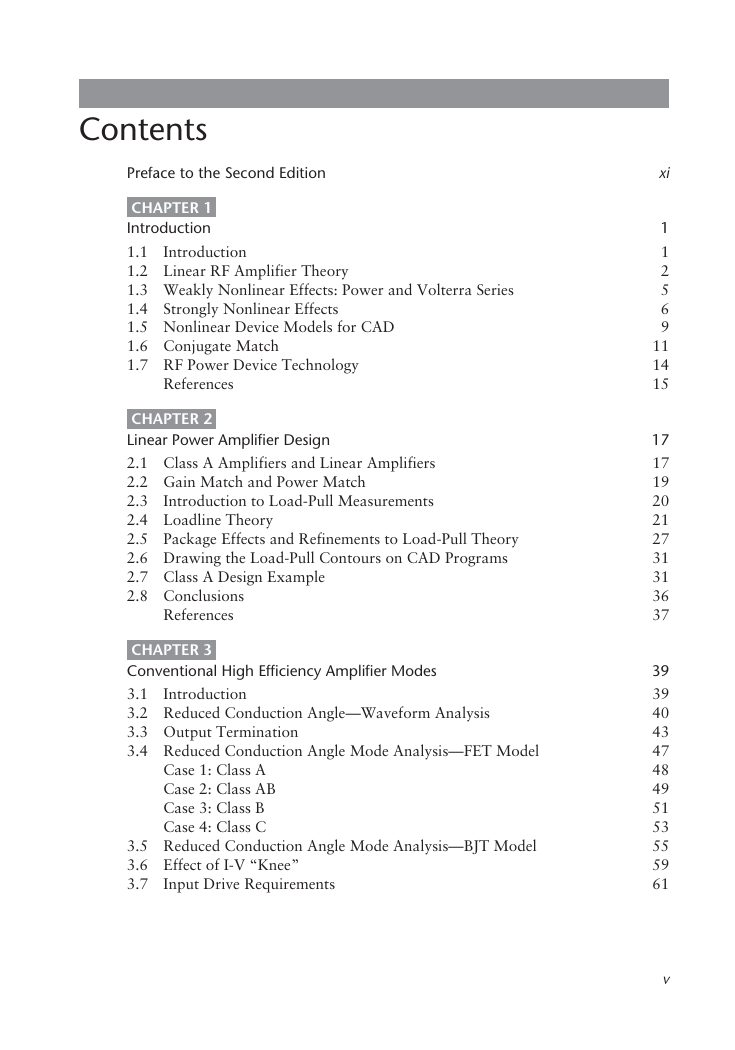
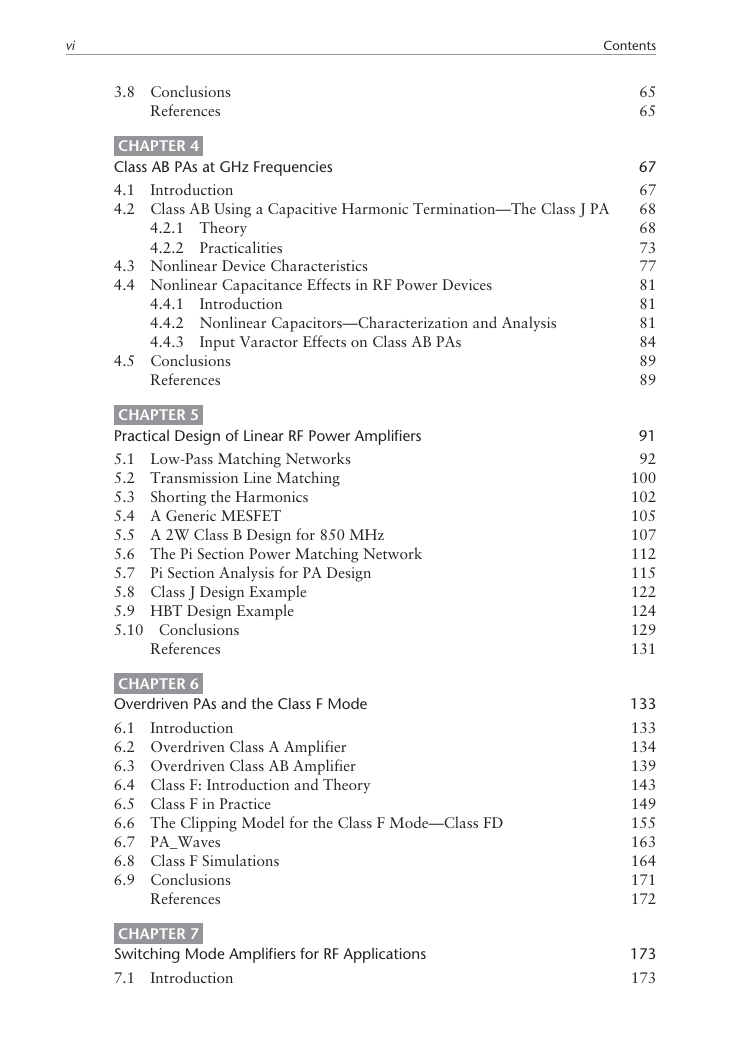
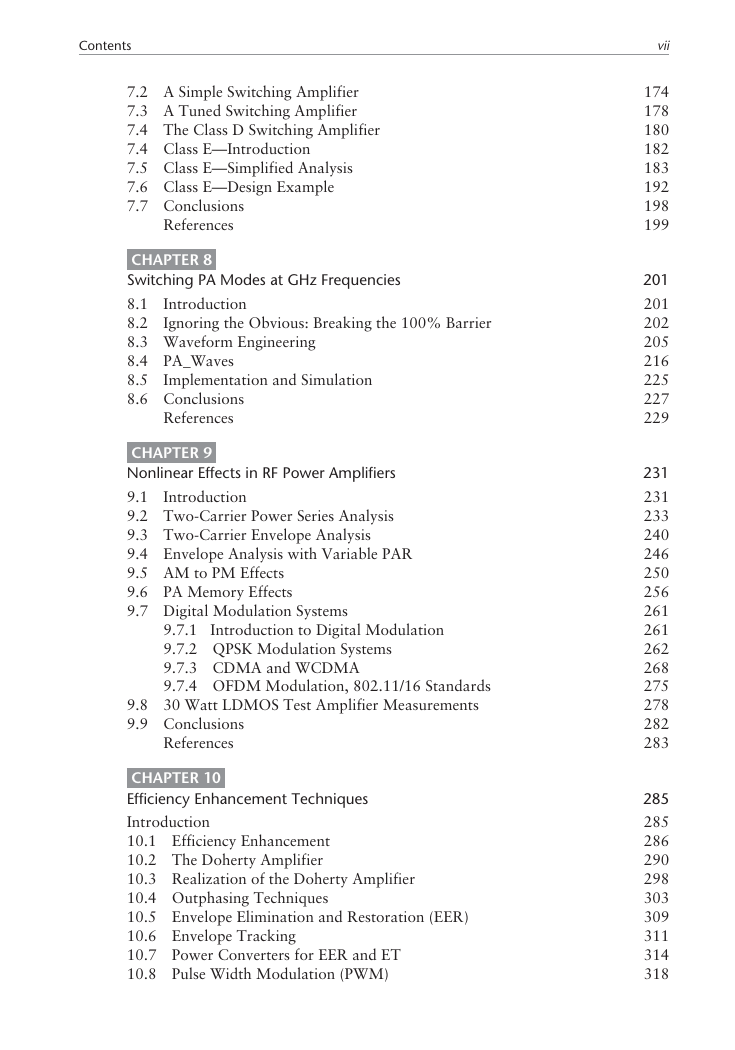








 2023年江西萍乡中考道德与法治真题及答案.doc
2023年江西萍乡中考道德与法治真题及答案.doc 2012年重庆南川中考生物真题及答案.doc
2012年重庆南川中考生物真题及答案.doc 2013年江西师范大学地理学综合及文艺理论基础考研真题.doc
2013年江西师范大学地理学综合及文艺理论基础考研真题.doc 2020年四川甘孜小升初语文真题及答案I卷.doc
2020年四川甘孜小升初语文真题及答案I卷.doc 2020年注册岩土工程师专业基础考试真题及答案.doc
2020年注册岩土工程师专业基础考试真题及答案.doc 2023-2024学年福建省厦门市九年级上学期数学月考试题及答案.doc
2023-2024学年福建省厦门市九年级上学期数学月考试题及答案.doc 2021-2022学年辽宁省沈阳市大东区九年级上学期语文期末试题及答案.doc
2021-2022学年辽宁省沈阳市大东区九年级上学期语文期末试题及答案.doc 2022-2023学年北京东城区初三第一学期物理期末试卷及答案.doc
2022-2023学年北京东城区初三第一学期物理期末试卷及答案.doc 2018上半年江西教师资格初中地理学科知识与教学能力真题及答案.doc
2018上半年江西教师资格初中地理学科知识与教学能力真题及答案.doc 2012年河北国家公务员申论考试真题及答案-省级.doc
2012年河北国家公务员申论考试真题及答案-省级.doc 2020-2021学年江苏省扬州市江都区邵樊片九年级上学期数学第一次质量检测试题及答案.doc
2020-2021学年江苏省扬州市江都区邵樊片九年级上学期数学第一次质量检测试题及答案.doc 2022下半年黑龙江教师资格证中学综合素质真题及答案.doc
2022下半年黑龙江教师资格证中学综合素质真题及答案.doc